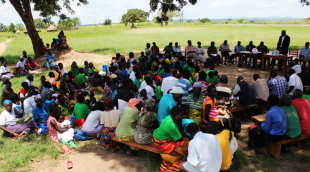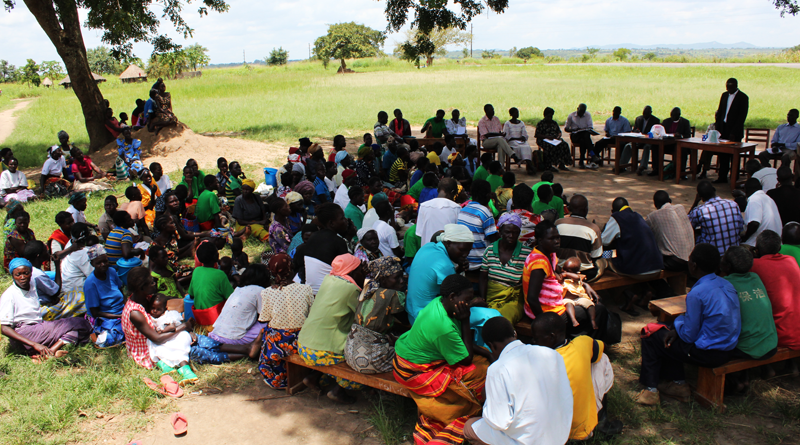
This year is a significant one for victims and survivors of the LRA/NRA conflict in northern Uganda. It marks the first time a community-based truth-telling process, which directly involves different sectors of the community, has been implemented in the region. Through Bearing Witness: Dealing With The Past To Create A Better Future, the Justice and Reconciliation Project, with support from USAID SAFE, works with communities in Atiak sub-county in Amuru District to foster social cohesion and reconciliation through a project that involves storytelling and truth-telling dialogues.
Atiak was chosen to be the subject of this ground-breaking truth-telling pilot because of the remnants of an infamous LRA massacre in 1995 and the two-decade long conflict in the region that the sub-county faces (Read JRP’s Field Note on the Atiak Massacre here). While active conflict has ceased, the wounds of the massacre and the experiences are far from healed. Since the end of the war, the community has been characterised by ongoing trauma, the stigmatisation of formerly abducted children, identity challenges for children born in captivity, and the issues arising from the reintegration of former combatants. Like most other conflict-affected communities, Atiak also seeks reparations as well as answers about the fate of those that went missing during the war. The question is how national transitional justice processes can be translated into community-centred approaches that are both relevant to the victims and survivors of the conflict and which address the challenges that they face.
Through Bearing Witness, we aim to promote the preservation of conflict memories, healing and reconciliation by creating forums through which communities can share and document their experiences through story-telling and facilitating informal truth-telling processes and dialogues. Because of these sessions, key issues which require interventions to ensure reconciliation and peace in both the community and region have been identified. Victims of conflict and alleged perpetrators have also been able to speak out about their experiences side-by-side.
At the end of this year, a ten member locally elected Truth-Telling and Reconciliation Committee will provide recommendations to local peace structures, local leaders and the community to respond the issues that emerged during the truth-telling dialogues. A joint community theatre carnival event will also be held in Atiak on the 16th of October 2014. This will involve drama, music, dance, poem performances by the participants in the storytelling circles to kick-start the process of addressing injustices and rebuilding relationships between victims and perpetrators, as well as inspire the audience with visions for the future.
Stay tuned to the JRP blog for more updates from Bearing Witness.
